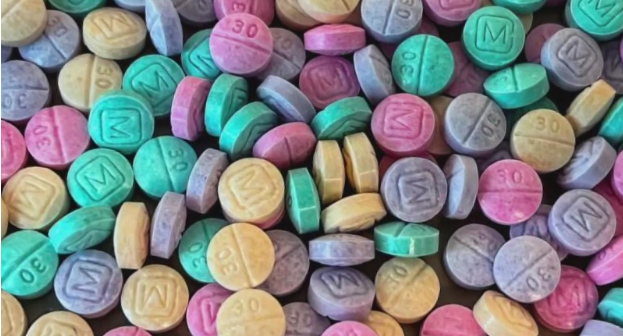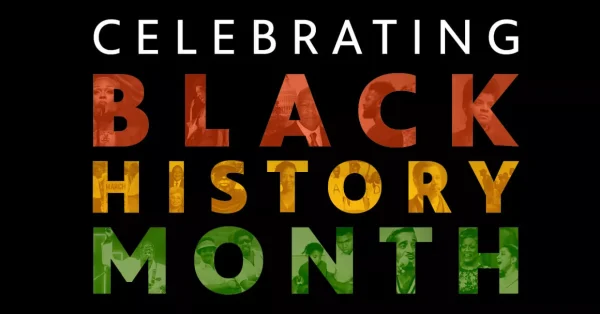Amid The Fentanyl Crisis
Drugs. From an early age, we are told to stay away from them. “They are bad.” “They ruin your life.” “They will kill you.” All these warnings hammered into us as children, yet if you went onto a college campus today, 11/50 students you see are taking drugs. You also might be familiar with celebrities on drugs. Pop culture in America is heavily influenced by drugs, with numerous musicians referencing a plethora of drugs. Every so often, you hear news about a musician dying from an overdose. What happened? Why did the celebrity overdose? A standard answer amongst a lot of these accidental overdoses is fentanyl. Prince, Mac Miller, Lil Peep, and Tom Petty are all celebrities you might be familiar with, and they all have died from a fentanyl overdose.
This crisis doesn’t only exist among celebrities; however, in just two decades, fentanyl has killed roughly 500,000 Americans. On April 20, 2022, fentanyl surpassed suicide, car accidents, and COVID-19, becoming the leading cause of death among Americans aged 18-45. Domestically speaking, in 2021, fentanyl was responsible for 75% of roughly 100,000 overdoses.
With all of this in mind, what does this mean for the United States recently? On August 30, 2022, the Drug Enforcement Administration reported a new type of fentanyl released to target younger audiences. Drug Cartels have started making what the DEA dubs “Rainbow Fentanyl,” which is fentanyl but made to look like candy. These fentanyl pills were seized in 26 states in August 2022. The issue here is that, as mentioned before, fentanyl is extremely dangerous. The DEA states, “Fentanyl is a synthetic opioid that is 50 times more potent than heroin and 100 times more potent than morphine. Just two milligrams of fentanyl, which is equal to 10-15 grains of table salt, is considered a lethal dose. Without laboratory testing, there is no way to know how much fentanyl is concentrated in a pill or powder.”
So how can United States citizens protect themselves from Rainbow Fentanyl? First, there is no need to panic. The Washington Post explains thoroughly that News Stations such as CBS Morning and Good Morning America have been overplaying the seriousness of Rainbow Fentanyl. Due to the long rumor that Halloween candy can be poisoned, many people associate Rainbow Fentanyl as a potential danger to children on Halloween. However, University of Delaware professor Joel Best hasn’t found any cases of Halloween Candy poisoning since the 1980s. There have been recent cases of children accidentally overdosing on fentanyl. However, these are not confirmed to be linked with Rainbow Fentanyl.
Be safe! The easiest way to avoid Rainbow Fentanyl is not to accept suspicious-looking candy from people you don’t know (this especially applies to party settings). Awareness of the candy packaging is also essential, as some cartels have packed Rainbow Fentanyl into Skittles bags to ensure the packaging doesn’t look tampered with or off-brand. If you are still worried about the Halloween candy link, the person who authored the report for the DEA, Milgram, later emphasized that nothing has been found in elementary schools and stressed that there was no link between rainbow Fentanyl and Halloween candy.
Citations
https://www.samhsa.gov/data/sites/default/files/report_2361/ShortReport-2361.html
https://www.washingtonpost.com/media/2022/10/26/rainbow-fentanyl-halloween-scare/





